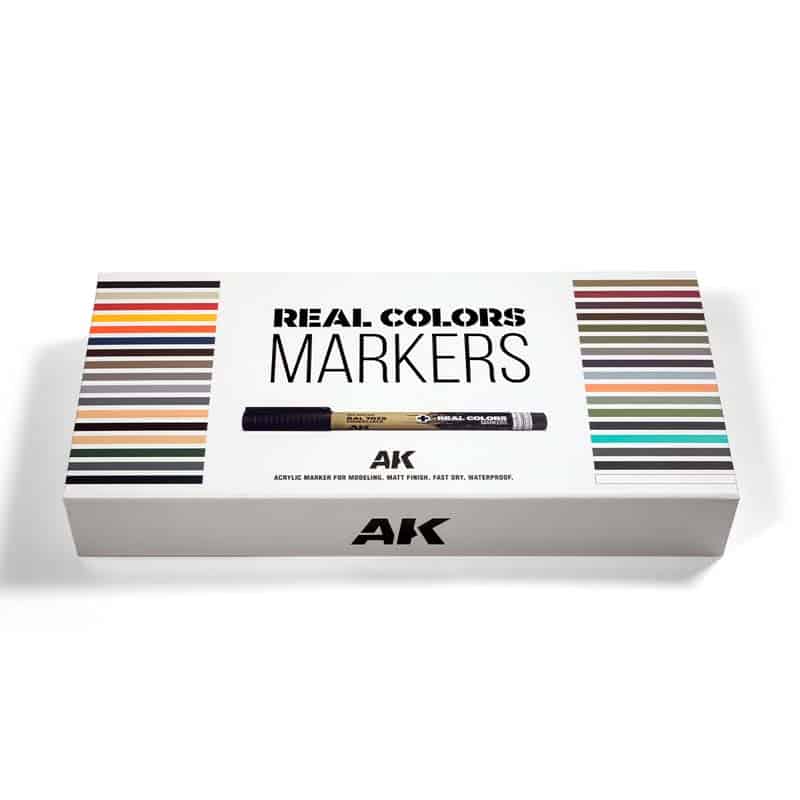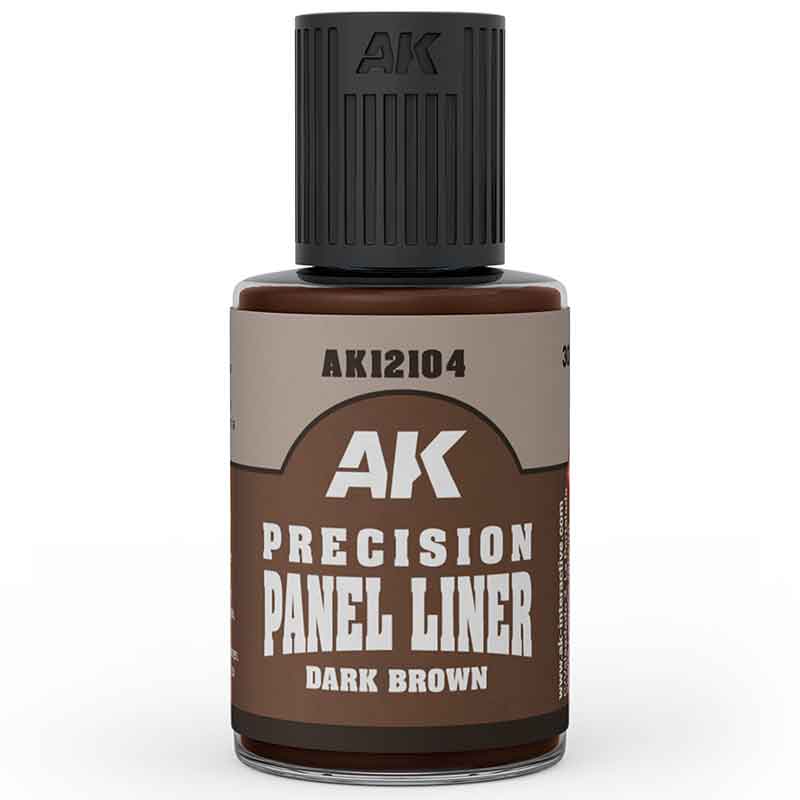WWII Axis Aircraft Cockpit Colors – Set 3 Real Colors Markers
Until now, the most important tools for painting a scale model have been the airbrush and the paintbrush. Now, were adding a new element to this equation. We introduce a new way of approaching painting in modellingIn our hobby, we can find acrylic paints, enamels, lacquers, waxes, etc., and for their application, we use the brush, the airbrush, and the sprayer. Without having a line specifically developed to meet the needs of modelers, some have occasionally used markers from the fine arts and crafts sector to experiment on scale models; sometimes with alcohol-based or permanent markers and always with standard colours that do not meet expectations or limit finishes and do not offer much resistance to subsequent treatments.School markers and those from fine arts are designed to paint on surfaces such as paper, wood, fabric, etc. Therefore, their use on plastic or resin does not yield good results since their adhesion, coverage, and resistance are very limited. From now on, we will have specific acrylic markers for modelling with ideal characteristics for working on scale models.We modelers need to experiment to discover new possibilities and new effects. As a company, AK needs to innovate constantly and be at the forefront of our hobby. It is under both premises that the idea of creating this new product arises. The current needs of our society also increasingly demand non-toxic products, easy to use, and that allow us to bring the hobby closer to more people in a simple way so they can get hooked on modelling. All the products used for the development of the acrylic inks in these markers are environmentally friendly. The idea of painting with a special marker for modelling is a natural way to start working with models, allowing you to bring any detail to life quickly and easily. It allows for precise application of a base coat on surfaces of plastic, resin, or metal, with or without priming, and with maximum control and comfort. The markers are designed for painting accessories and small parts, cockpits, vehicles in small scales, etc., but they also open up a multitude of possibilities for experimentation.The tip is another important aspect of the marker. It has to be in line with the paint being used for everything to work properly. The wetting and anti-clogging agent in the paint allows the high-quality felt tip to provide a smooth and precise stroke. The special felt tip should be used gently, without pressing too hard. You can use the tip for details or the side to cover larger areas.Can I paint a tank, an airplane, or a whole model?You can paint whatever you want. If its a small-scale kit, markers are very practical. For painting larger models, its better to continue using the airbrush for the base coats.Whats the capacity of a marker?The durability of the paint in a marker is described by meters, and in our case, the writing allows between 60 and 70 meters.How do I store the markers?The paint characteristics of the RC Markers allow for temperature differences from 50C to -20C without altering their properties, which is important when shipping the markers by air.Can I change the finish of the markers?Once the work is finished, we can use any type of varnish to achieve the desired finish: matte, satin, or glossy.Is it possible to apply multiple layers of paint?We can apply a second layer to cover more, almost immediately. Keep in mind that lighter colours may need more coats to cover, like any paint, especially if we paint without priming on dark bases. Usually, dark colours tend to cover better on any type of paint and substrate.Can I paint over the ink from the markers?You can paint over whats been painted with the markers without any problem and without fear of removing the paint. This is very useful especially when we want to create hard-edge camouflages, mottling effects, etc.








